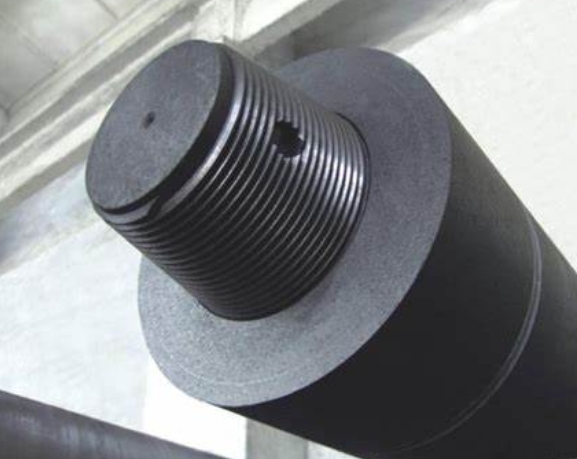
It is essential to the process of making steel. Graphite Electrode is used as the main source of heat for electric arc furnaces that are used to melt down scrap metals and produce new steel. Rapid infrastructure expansion in China and India will increase the demand for steel.
In an EAF, the electrodes used are large cylindrical graphite rods. These electrodes transform electrical energy to heat, which is used to melt scrap and produce high-quality steel with good electrical conductivity. Many global manufacturers produce graphite electrodes made of coal tar pitches, petroleum needle cokes, and other additives.
EAF is an alternative process to the traditional blast furnaces. It offers more flexibility and adaptability while being eco-friendly. EAF technology is increasingly being used around the world. As a consequence, demand for carbon electrodes has also increased.
Sangraf Henan, a wholly-owned subsidiary of Sanergy Group, is one of the largest graphite electrode manufacturers in China. The company offers a range of high-quality, graphite-based electrodes including those for refractory applications and ultrahigh power. Sangraf Henan, in addition to having a manufacturing capability, has a large sales network. It is also recognized by the Chinese Government as a high-tech national enterprise. The company's products can be found in many industries, including aerospace and automotive. They have also been exported into over 30 different countries.

The cost of graphite electrodes has rocketed up to as much $14/lb during the past couple months. It has cost electric furnace mills an extra $35 per ton to manufacture steel. This is a major blow to the profitability of many companies, especially smaller ones that depend on a steady flow of orders to stay solvent.
There are a variety of reasons for the price increase, which is not going to subside anytime soon. Since electrode producers were making marginal profits, the price drop forced them to significantly reduce output. Other factors have also contributed to the reduction in availability, including the efforts in China against pollution and Hurricane Harvey's impact on production.
These factors will likely continue to drive prices up, and the supply gap is expected to persist through early 2018. The shortage will diminish as production begins again and contracts end. Other parts of the planet should see the effects fade faster, since more capacity will be available. As the steels and metallic industry is an essential part of economy, it's important to resolve these shortages quickly. Other consequences may be extremely severe. Fortunately, the supply side is working diligently to get the ball rolling.

Write a Message